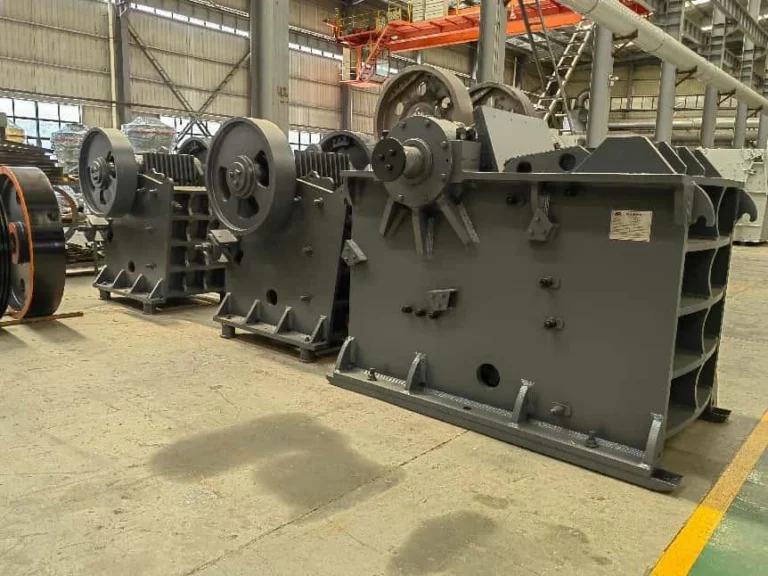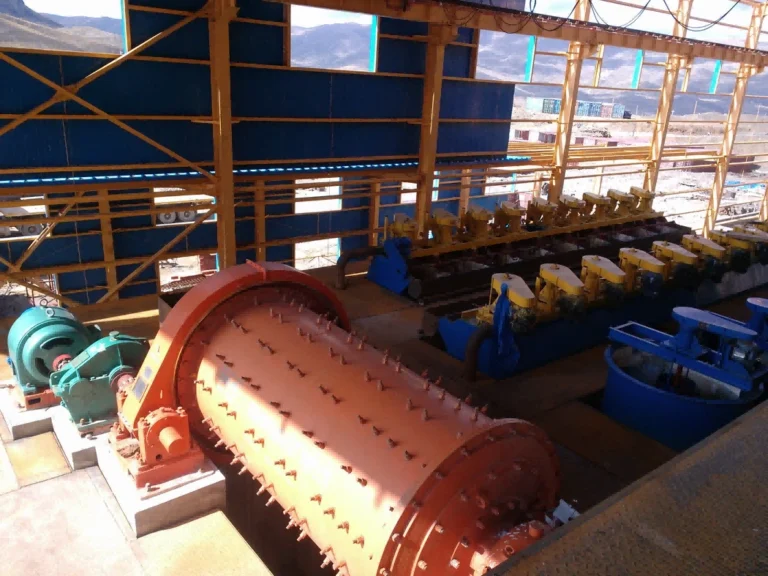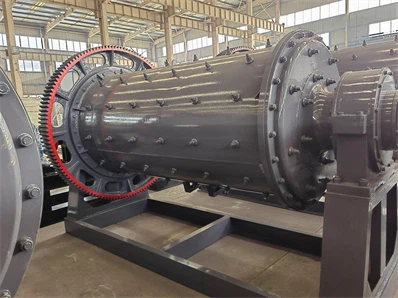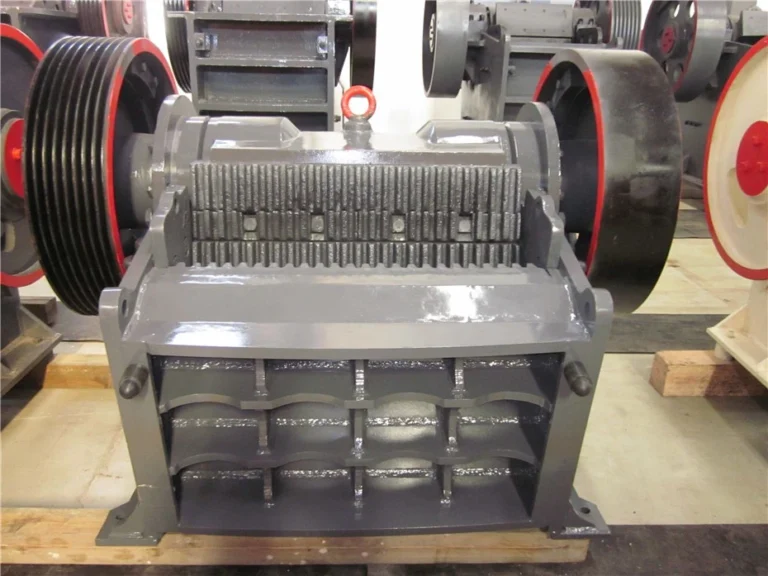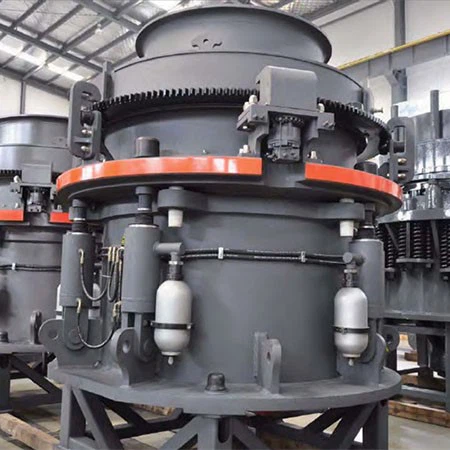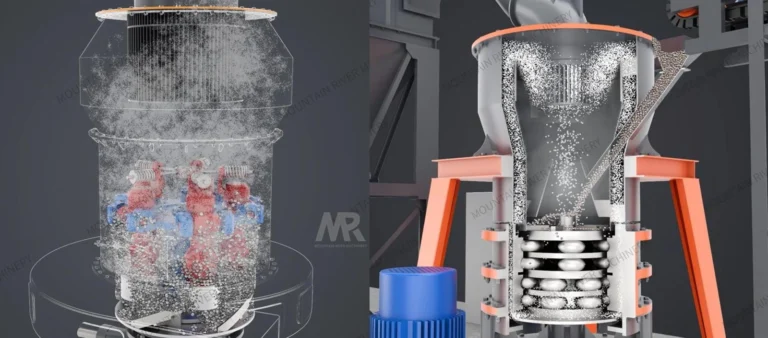What Are The Advantages Of A Ball Mill?
Introduction
A ball mill is a type of grinder used to grind materials into extremely fine powder for use in various industrial processes. It is typically used in the ceramics, metallurgy, chemical, and pharmaceutical industries. The cylindrical shell of the ball mill rotates on a horizontal axis and is filled with grinding media, such as steel balls, which act as the grinding medium. In this article, we will discuss the advantages of using a ball mill.
Advantage 1: Efficient Size Reduction
One of the primary advantages of a ball mill is its ability to perform efficient size reduction. This is due to the impact and attrition forces produced by the grinding media. The high energy input is required for the size reduction process, and the ball mill provides the necessary energy.
When the ball mill rotates, the grinding media crushes and grinds the material fed into the mill. The size reduction occurs as the balls drop from near the top of the shell and cascade down towards the bottom. The grinding media continuously impacts and grinds the material, resulting in fine particles.
Advantage 2: Versatility in Material Selection
Another advantage of the ball mill is its versatility. It can grind a wide variety of materials, ranging from hard and brittle to fibrous and elastic. This makes it suitable for various applications and industries.
The ball mill can handle materials with different properties, including dry or wet grinding conditions. It can grind both large and small quantities of materials, making it suitable for both laboratory and industrial use. Additionally, different types of grinding media can be used in the ball mill, such as ceramic balls, flint pebbles, or stainless steel balls, depending on the requirements of the process.
Advantage 3: Controllable Product Size Distribution
Controlling the product size distribution is crucial in many industries. The ball mill offers the advantage of a controllable and adjustable product size distribution. This is achieved by adjusting the speed and duration of the milling process.
By changing the speed of rotation and the duration of milling, the size of the final product can be controlled. The use of multiple milling stages or the incorporation of a classifier can further enhance the control over the product size distribution. This flexibility allows industries to produce fine powders with specific particle size distributions, which is important in applications such as pharmaceuticals and advanced materials.
Advantage 4: Cost-Effective
A ball mill provides a cost-effective solution for grinding and milling tasks. It is a low investment and energy-efficient technology that offers high returns on investment.
Compared to other grinding techniques, such as vertical roller mills or high-pressure grinding rolls, the ball mill consumes less energy. Therefore, it helps industries to save on energy costs. Moreover, the initial investment required for a ball mill is usually lower compared to other grinding equipment, making it a cost-effective option for many manufacturers.
Advantage 5: Simple Operation and Maintenance
Operating and maintaining a ball mill is relatively simple. The equipment is designed for ease of use and regular maintenance, ensuring minimal downtime.
The ball mill is equipped with a user-friendly control system, allowing operators to easily adjust the parameters such as the rotation speed, mill load, and product size distribution. Additionally, the equipment is designed with built-in safety features to protect the operators and prevent accidents.
Maintenance tasks, such as replacing worn-out liners or checking the integrity of the grinding media, can be performed quickly and efficiently. Regular maintenance ensures the optimal performance of the ball mill and prolongs its lifespan.
Advantage 6: Scale-Up Potential
The ball mill offers scale-up potential to increase its capacity without significantly increasing the footprint. This is advantageous for industries that require increased production rates without expanding their physical space.
Due to the modular design of the ball mill, it is relatively easy to scale up the equipment to meet higher production demands. Manufacturers can add additional grinding chambers or increase the size of the existing chamber to increase the mill”s capacity. This scalability allows industries to adapt to market demands without incurring major infrastructure costs.
Conclusion
In conclusion, the ball mill offers numerous advantages that make it a valuable piece of equipment in various industries. Its efficient size reduction capabilities, versatility in material selection, and controllable product size distribution contribute to its wide range of applications. Furthermore, its cost-effectiveness, ease of operation and maintenance, and scalability make it an attractive choice for manufacturers. Overall, the ball mill is a versatile and efficient tool for grinding and milling operations, providing numerous benefits to industries worldwide.

